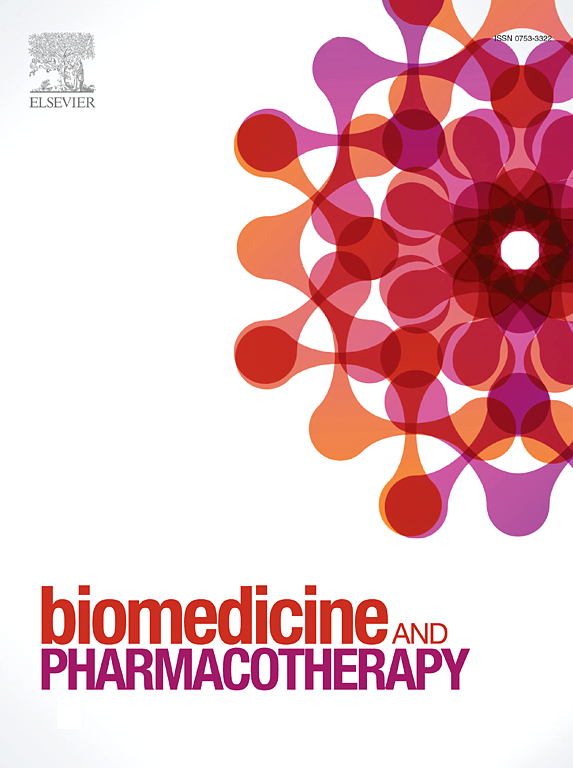Bromophenanthrenequinones as antimicrobial and antibiofilm agents against Staphylococcus aureus
IF 7.5
2区 医学
Q1 MEDICINE, RESEARCH & EXPERIMENTAL
引用次数: 0
Abstract
Staphylococcus aureus is a pathogen infamous for causing a multitude of infections, ranging from mild to life-threatening. Its ability to form biofilms exacerbates its pathogenicity, conferring antibiotic resistance and complicating treatments, particularly in hospital settings. To address this challenge, we investigated the efficacy of phenanthrenes against S. aureus. Among the 14 phenanthrenes tested, 2,7-dibromophenanthrenequinone (2,7-DBPQ) and 3,6-dibromophenanthrenequinone (3,6-DBPQ) showed promising results, with MICs of 20 and 50 µg/mL, respectively, and were bacteriostatic. Both compounds significantly inhibited biofilm formation in methicillin-sensitive and methicillin-resistant S. aureus strains. In addition to biofilm suppression, they markedly reduced key virulence factors, including hemolysis, extracellular lipase activity, and slime production. They also induced metabolic suppression and reactive oxygen species (ROS) generation. Notably, DBPQs exhibited synergistic effects with gentamicin and tetracycline, showing resilience against resistance development. Gene expression analysis via qRT-PCR confirmed the downregulation of biofilm- and virulence-associated genes (arlR, arlS, hla, saeR, sigB, psm-α, isaA, and nuc1). Collectively, these findings highlight the therapeutic potential of brominated analogues of phenanthrenequinones in treating biofilm-associated infections caused by S. aureus.
溴苯蒽醌类药物对金黄色葡萄球菌的抗菌和抗生物膜作用
金黄色葡萄球菌是一种因引起多种感染而臭名昭著的病原体,从轻微到危及生命。其形成生物膜的能力加剧了其致病性,使其产生抗生素耐药性并使治疗复杂化,特别是在医院环境中。为了解决这一挑战,我们研究了菲对金黄色葡萄球菌的功效。在所检测的14种菲中,2,7-二溴苯醌(2,7- dbpq)和3,6-二溴苯醌(3,6- dbpq)表现出良好的效果,mic分别为20和50 µg/mL,具有抑菌作用。这两种化合物都能显著抑制甲氧西林敏感和耐甲氧西林金黄色葡萄球菌菌株的生物膜形成。除了抑制生物膜外,它们还显著降低了关键的毒力因子,包括溶血、细胞外脂肪酶活性和粘液产生。它们还会诱导代谢抑制和活性氧(ROS)的产生。值得注意的是,DBPQs与庆大霉素和四环素表现出协同效应,显示出抗耐药性发展的弹性。qRT-PCR基因表达分析证实了生物膜和毒力相关基因(arlR、arlS、hla、saeR、sigB、psm-α、isaA和nuc1)的下调。总的来说,这些发现强调了邻苯醌的溴化类似物在治疗金黄色葡萄球菌引起的生物膜相关感染方面的治疗潜力。
本文章由计算机程序翻译,如有差异,请以英文原文为准。
求助全文
约1分钟内获得全文
求助全文
来源期刊
CiteScore
11.90
自引率
2.70%
发文量
1621
审稿时长
48 days
期刊介绍:
Biomedicine & Pharmacotherapy stands as a multidisciplinary journal, presenting a spectrum of original research reports, reviews, and communications in the realms of clinical and basic medicine, as well as pharmacology. The journal spans various fields, including Cancer, Nutriceutics, Neurodegenerative, Cardiac, and Infectious Diseases.

 求助内容:
求助内容: 应助结果提醒方式:
应助结果提醒方式:


